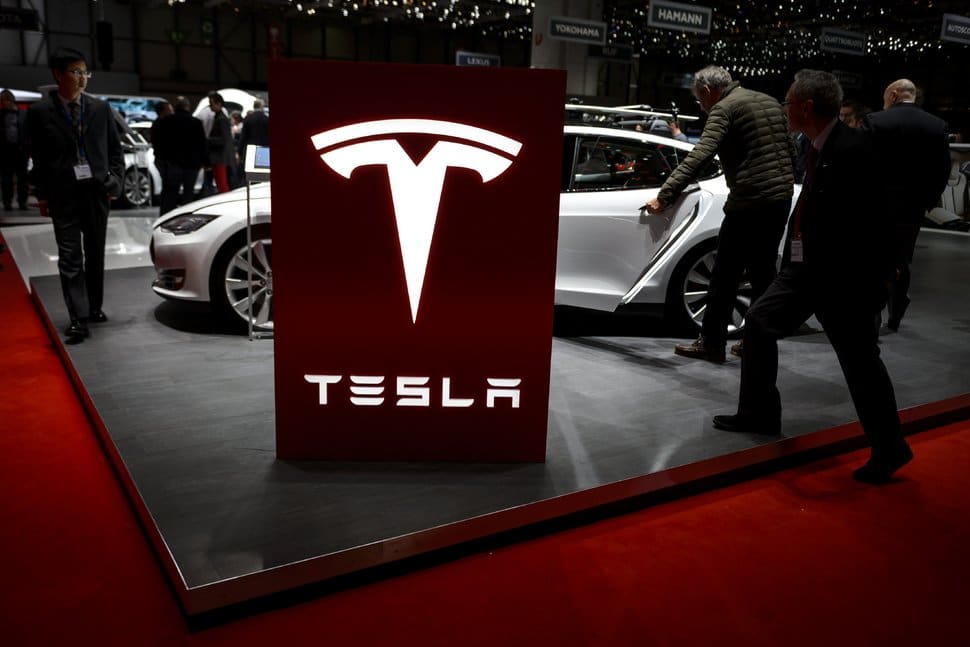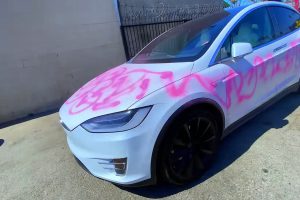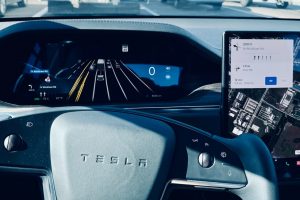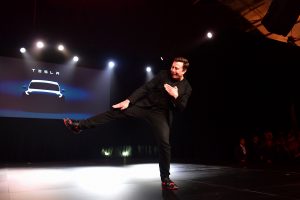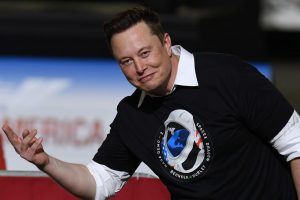The stock market looks to the future. It seeks to find out which businesses will push the envelope and which businesses have dropped the ball. There are many examples of this dichotomy, but one that I’ve been harping on in is the relationship between Tesla and the automotive industry. It is time for a look back.
A Successful Electric Car
A good electric car has four boxes to check: design, size, range and availability in quantity. The Tesla Model 3 and Y checks all the boxes. The Leaf is ugly. Polestar lacks availability. The i3 still lacks in range. The Taycan is way too expensive.
The Jaguar and the Audi are equivalent to Tesla’s Model X as big luxurious SUVs. There are other competitors like Fisker but they manufacture a few high-priced exotics. Is it any wonder the Tesla Model 3 is outselling all other hybrid vehicles in the United States combined?
And now we’re hearing that Mercedes is removing the EQC 400 luxury SUV from the 2020 US market. How is Mercedes trying to build popularity with car buyers in the USA? That is particularly shocking that all of this is valid more than seven years after the launch of the Model S on 22 June 2012. The rivals keep saying the electric wave is about to crack, but it just seems to be like nuclear power in the future.
Unless rival car makers react in kind, it would become increasingly difficult for them to compete with Tesla. Somehow the rivals need to persuade both investors and potential car buyers that they have the ability and imagination to compete with Musk, even if they don’t send astronauts into space. They have been significantly lacking in that regard to date.
The inability of existing car makers to persuade the market that they can compete on the EV front would be significant, if access to cheap equity capital were not such a huge factor, but it is. Auto manufacturing is a capital-intensive process and the ability to raise equity at sky-high valuations is a huge competitive advantage. The subsidized access to equity capital allows Tesla to finance capital expenditure, such as opening new factories, which other automakers can not justify.
As a result, Tesla is gaining a crucial competitive advantage by constructing facilities and performing research and development in the transition to electric vehicles. The subsidy also helps Tesla boost its capital structure, both directly and by converting debt to equity at high equity rates by reducing the leverage. As a consequence of the above, there is positive feedback from the stock price to the company’s fundamental value which benefits Tesla at the expense of its competitors.
Some of Musk’s smartest moves has been to get investors to think of Tesla not as a vehicle maker, but as a tech firm that is a major energy and transportation innovator. Musk clearly portrays rivals such as Ford and GM as lumbering dinosaurs trapped in a previous age of fossil fuel. Is Tesla a tech company, no one sees GM and Ford in this category, so how does Tesla gain the tech label when 90 percent of its revenue comes from selling automobiles?
One reason, Tesla is a pioneer in electric vehicle and battery technology. Although it is far from clear exactly how great its technology is given that most of its components, including many of its batteries, are manufactured by third parties. Perhaps the biggest element is the “perception” that Elon Musk has managed to build from an ongoing series of splashy presentations combined with heavy social media engagement. Musk himself, with his engineering history and unpredictable lifestyle, is an integral part of developing this perception.
He depicts Tesla cars as the latest iPhone and rival manufacturers as Blackberrys sellers. Tesla’s competitors have been playing into this story by failing to produce revolutionary electric cars in any quantity and failing to use social media to effectively market those vehicles.
Tesla: The Most Valuable Auto Manufacturer
So here we are in July 2020 and Tesla is the world’s most valuable auto maker and there are no compelling electrical alternatives available. Toyota is still talking about hydrogen. Volkswagen’s launch of their new ID.3 has fumbled. Porsche’s got lovely cars but in tiny numbers. The overdue Ford Mach E. The Chevrolet Volt has disappeared from the discussion and hopes remain for future hybrid vehicles. Both BMW and Mercedes are losing their shine as they still have to manufacture large volumes of innovative electric cars.
If the competitors do not begin to make interesting, reasonably priced, electric cars in scale, they face the same fate as retailers that did not respond quickly to Amazon. When that happens, the massive market cap on Tesla will not be overvalued at all. Trading at $1,200 a share may seem overvalued, but given the disarray of the competition, it certainly makes for an interesting discussion.
Want to buy a Tesla Model 3, Model Y, Model S, or Model X? Feel free to use my referral code to get some free Supercharging miles with your purchase: http://ts.la/guanyu3423
You can also get a $100 discount on Tesla Solar with that code. No pressure.
